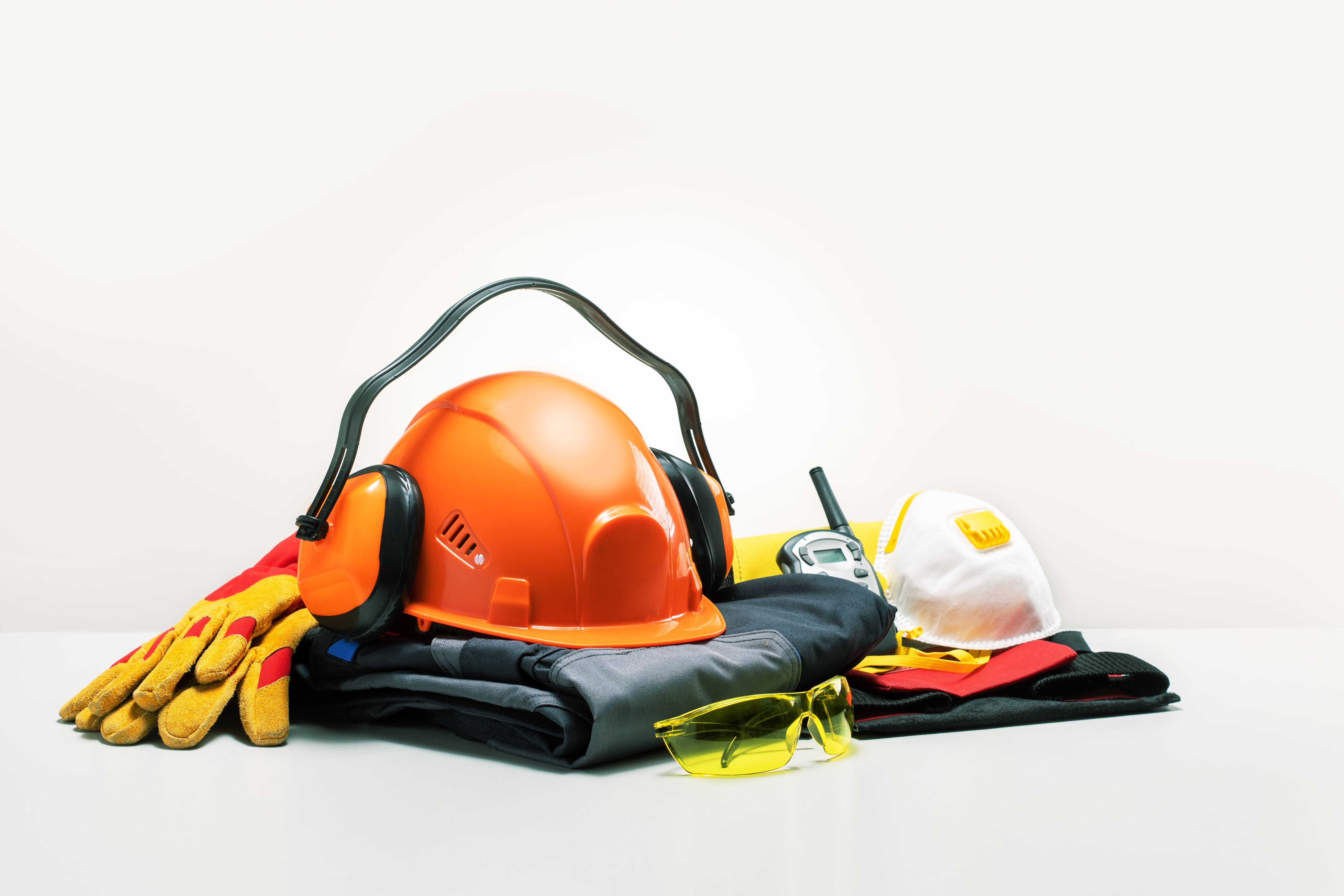Contents
Examining OSHA’s Top 10 Most Cited Health and Safety Standards of 2023
19 December 2023 - Justin Moats & Langdon Dement
In our ever-evolving work landscape, it’s critical for businesses to stay ahead of the curve, especially in light of the Occupational Safety and Health Administration’s (OSHA) latest findings on the top 10 most frequently cited standards for FY 2023.
The below violations have all accrued from visits to U.S. job sites from the last year. Even the most safety-focused organizations can experience an incident, which is why it is important to go beyond the obvious when it comes to assessing health and safety.
Below we’ll examine these violations and provide our insights and takeaways on the findings.
Here are the top 10 most cited health and safety standards of 2023:
1. Fall protection - general requirements: For the 13th year in a row, fall protection is at the top of OSHA’s list. Fall protection is also the most cited for serious violations and willful violations. With 7,271 violations in 2023 in comparison with 5,260 in 2022, protecting against falls has never been more important. For best results, floors must be kept clean and dry, appropriate PPE should be provided on-site and the use of guardrails, safety nets and other measures should be implemented.
2. Hazard communication: With a yearly increase of 789 violations, proper labelling and storage protocols must be carried out.
3. Ladders: This year, ladders racked up 2,978 violations, a rise of 800 from 2022. Ladder-specific rules should be followed, specifically in regard to weight.
4. Scaffolding: Scaffolding regulation violations totaled 2,859 in 2023, most frequently in the masonry industry. OSHA scaffolding standards should be followed closely and careful attention must be paid to proper weight restrictions. The platform should also be a minimum of 18 inches wide and equipped with a fall arrest system.
5. Powered industrial trucks: At 2,561 violations in 2023, these violations are mostly related to fork trucks, tractors, lift trucks and internal combustion engines. Prevention includes proper training, inspections and staying aware of environmental restrictions.
6. Lockout/tagout: Implementing this process protects against accidental activation of a machine that can result in serious injury. For this, signs and frequent and thorough training should be implemented.
7. Respiratory protection: This is often a problem for working environments such as automotive paint and body shops. A violation could arise from the lack of air-purifying respirators. For this potential risk, employers should ensure proper understanding of the job site.
8. Personal protective and lifesaving equipment- eye and face protection: With 2,074 violations in 2023, 700 more than the previous year, roofing contractors were found to be top violators for improper PPE use. Employers must provide suitable eye and face protection for workers exposed to hazards such as “flying particles, molten metal, liquid chemicals, acids, chemical gases or vapors.” For best compliance results, comfort, ease and fit should be prioritized.
9. Fall protection- training: Educating workers on fall protection is paramount and guidance and strategies must be provided to workers.
10. Machine guarding: Plastic product manufacturing was identified as the top industry for misuse, with 1,644 violations in 2023.
With these violations in mind, it’s important to ask ourselves if we’re focusing on the right things. The same standards generally make up the list year after year, just in a different order. And while the increased attention given to these areas has most likely helped the reduction of incident rates over the past several years, the question remains: Does this heightened awareness translate into substantial organizational advancements? Specifically, does this insight provide a roadmap for mitigating SIFs (serious injuries or fatalities) and averting potential SIFs? Unfortunately, more often than not, the answer is no; the discourse tends to circle back to the same standards each year, leaving room for exploration of more impactful and innovative strategies for true organizational enhancement.
Recently, a member of the Evotix North American Advisory Board made an interesting point. He stated, “We all know that the runway workers at an airport need to have hearing protection and other PPE. But imagine that you’re a skydiver about to jump out of an airplane 5,000 feet in the air. Are you wondering if the ground crew wore properly fitted PPE? Or do you want to know that the parachute inspection was completed by a competent individual? Both are important, but only one is life and death.” In other words, it’s crucial we understand where to focus our energy, and additionally, how we can minimize hazards and risks to acceptable levels in everything we do.
If you resonate with any of the violations on this list, then it’s time to re-think how your organization is tackling these areas. On the other hand, if these areas aren’t really a risk for you, maybe it’s time to think differently about health and safety in your organization. For example, start asking questions such as:
-
What are the top five tasks at my facility that have the highest potential for SIFs?
-
What are the top three controls which must be present to prevent those SIFs?
-
Is health and safety an integral part of my workplace and is it discussed frequently?
-
Does the job task ONLY begin when ready and safe and is stop work encouraged?
Questions such as these can begin to shift the conversation from just checking boxes to actually embedding health and safety in everything you do. While staying on top of OSHA news is an excellent method to improving your organization’s health and safety, be sure to focus on what is most relevant to your organization to pave the way toward a more secure, proactive and safe working environment.
Interested in learning the Health and Safety Executive's (HSE) 2022/23 figures for occupational health and safety in the United Kingdom? Check out our recent blog on their findings: A Breakdown of HSE's Key Health & Safety Figures for Great Britain (2022/23)
RELATED BLOGS

OSHA’s Top 10 Most Cited Health and Safety Violations of 2024
6 February 2025 - Evotix
Workplace safety should always be a top priority, and one of the best ways to strengthen safety programs is by leveraging past data to inform future initiatives. Each year, the Occupational Safety..

Understanding OSHA's New Construction PPE Requirements
18 February 2025 - Evotix
The Occupational Safety and Health Administration (OSHA) has recently revised standard 29 CFR 1926.95(c) for construction personal protective equipment (PPE). The final rule, which took effect on..

Breaking Down OSHA's Final Rule: FAQ Edition
6 September 2023 - Evotix
The most recent revision by OSHA to 29 CFR 1904.41, concerning Recordkeeping and Reporting, mirrors the evolving trend in our industry toward digital processes and underscores the advantages they..